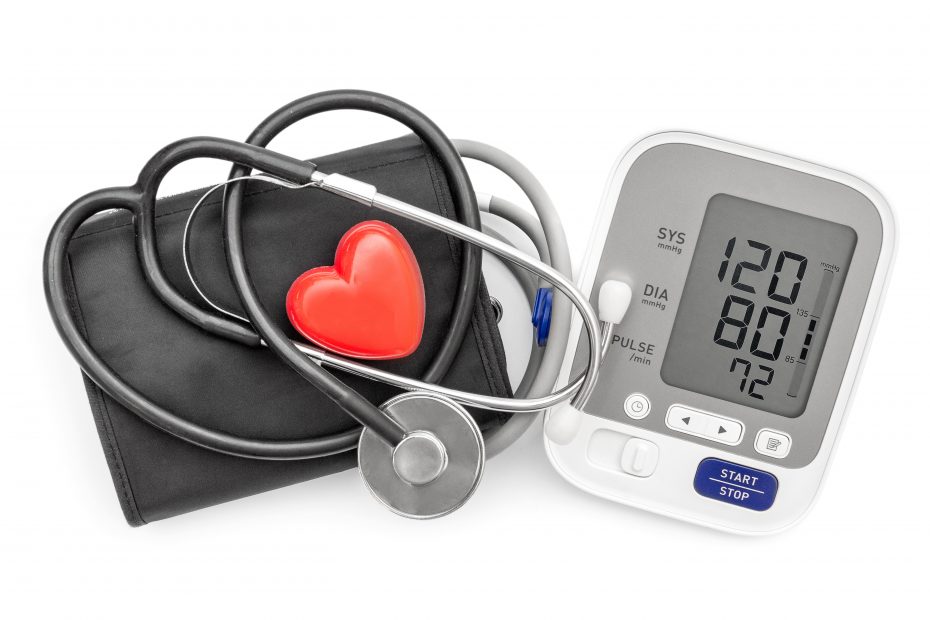In this post, I discuss why we decided to create the BPCorrect home blood pressure app and why it’s different from other blood pressure apps on the market.
Why is home blood pressure monitoring important?
Blood pressure is arguably the most important vital sign acted upon by primary care physicians, with strong evidence that hypertension management can reduce the risk of cardiovascular disease and stroke. Obtaining an accurate assessment of blood pressure is the crucial first step to hypertensive management, yet its importance is often surprisingly overlooked. As a primary care physician, I was often frustrated by my inability to obtain accurate blood pressure measurements from patients. We know that in-office blood pressure measurements can be invalid for a number of reasons, including improper technique (such as patients not resting for five minutes), use of office blood pressure monitors that are not validated or calibrated, and the whitecoat effect. For these reasons, both the United States Preventive Services Task Force and the American Heart Association have recommended use of home blood pressure monitoring to diagnose and manage hypertension.
How to measure blood pressure at home correctly
In my own practice, up until a few years ago, I would casually recommend to my patients that they measure their blood pressure at home, but I did not provide much instruction about how they should measure blood pressure at home. I then realized that without proper patient education and scheduling of readings, even the home blood pressure measurements my patients were obtaining could be misleading. Patients reported to me that they would check their blood pressure when they didn’t feel well, or check it several times in a row if they were anxious about their blood pressure. These casual blood pressure measurements are not always representative of a patient’s “true” blood pressure. I then started to request that my patients take two scheduled readings one minute apart in the morning and evening for 7 days in a row, the approach recommended by the American Heart Association. While I felt more comfortable about the accuracy of these scheduled readings, it took a lot of time to both educate patients about proper attainment of blood pressure and to review and average these results.
A need for an evidence-based home blood pressure app
As a proponent and researcher of the use of health information technology to improve the delivery of primary care, I searched for blood pressure apps and remote monitoring platforms that would guide patients to take this approach and allow me to view aggregated results. I was disappointed with my findings. There are many blood pressure apps available that allow users to track blood pressure readings and email them to a provider, including blood pressure apps created by blood pressure monitor manufacturers. Some of these apps calculate an average blood pressure. However, I could not find any app that guided users to measure their blood pressure according to the schedule recommended by the American Heart Association. I noticed that no apps provided complete instructions for how patients should measure blood pressure, including rest intervals and proper positioning. While some apps allowed input from any device, some required patients to purchase expensive blood pressure monitors (some of which were not validated). I also reviewed the few available provider portals, but again, these portals just displayed the average blood pressure without any determination about whether the blood pressures that were incorporated into this average were taken appropriately or using a scheduled approach.
After reviewing these other potential solutions, my business partner, a family physician, and I decided to create BPCorrect, which guides users to follow an evidence-based approach to managing blood pressure. Our company vision is to enhance the public good by helping people achieve better BP control. I have already found that use of the platform improves my ability to manage my patients’ blood pressure, and our hope is that many other patients and providers will benefit from this approach as well.
